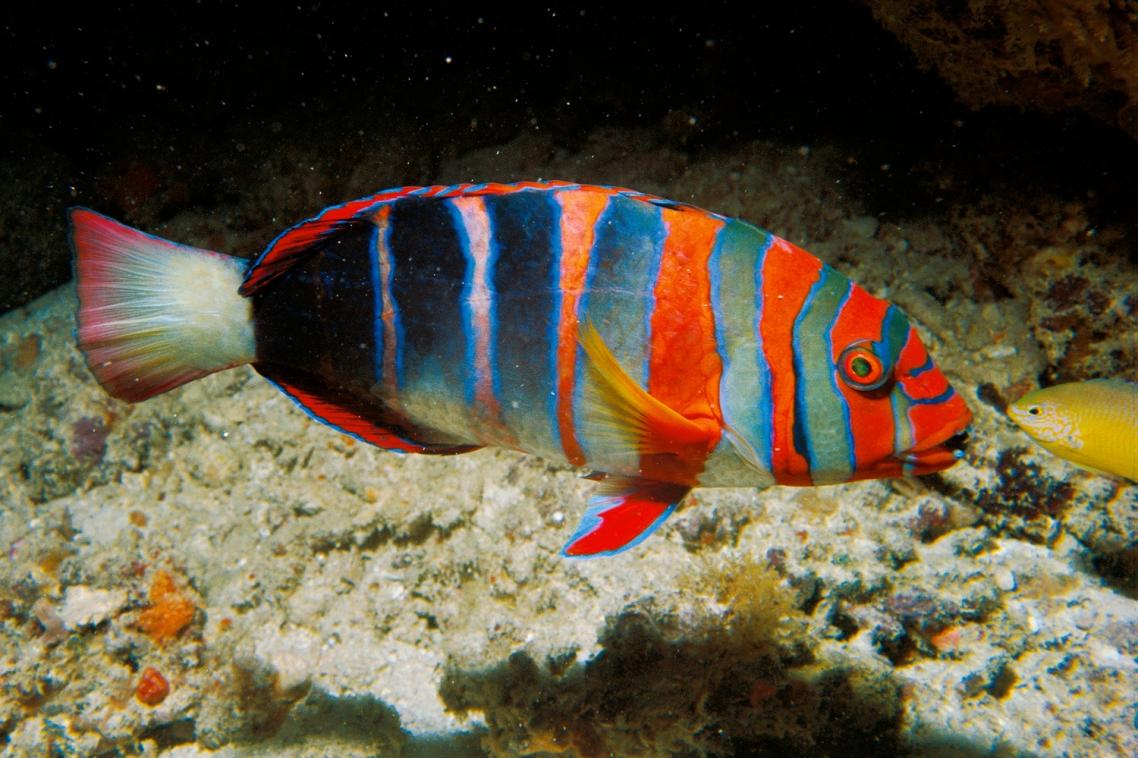The (fish) eyes have it

Understanding how fish “see” is helping a team of international scientists increase their knowledge of the Great Barrier Reef’s biodiversity.
PhD student Genevieve Phillips at The University of Queensland's Queensland Brain Institute said the reef was one of the planet’s most visually diverse environments in terms of light availability and the colours and patterns on the animals living there.
“We studied the visual systems of the labrids, a large family of fish that includes wrasses – which are mainly predatory – and parrotfish – which tend to eat coral and algae,” she said.
“Many animals have visual systems that are tuned to the specific wavelengths of light that availablein their environment, so fish that live in rivers ‘see’ differently from fish living at the bottom of the ocean.”
Ms Phillips said the team, which includes scientists from The University of Maryland, studied the different types of opsins in fishes’ eyes.
“Opsins are light-sensitive proteins in the photoreceptors that absorb light at specific wavelengths,” she said.
This absorption was the first step in the process of “seeing” an image.
Researchers could learn which colours an animal could potentially see by studying the different classes and quantities of opsins in its eyes.
“Many labrids live in the same environment with similar light availability, so you could expect that their visual systems would be fairly similar,” Ms Phillips said.
“But we found that the repertoire of opsins they express is actually very different.
“In general, most of the opsins found in the fishes’ eyes were sensitive to the green-blue region of the spectrum, which is typical of many reef fish, as it is the dominant light available to fish on coral reefs.
“However, some of the labrids appeared to have specialised in opsins sensitive to orange-red light.”
Ms Phillips said this could help these fish find prey against a predominantly red-brown background.
“The more we understand about what fish can see, and how this relates to their behaviour, the more we will understand about biodiversity on the Great Barrier Reef,” she said.
The study is published in Molecular Biology and Evolution.
Media: QBI media and communications manager Bernadette Condren, b.condren@uq.edu.au, +61 7 3346 6353; Genevieve Phillips, g.phillips2@uq.edu.au, +61 (0)424 359405.
Related articles

Ebony and ivory: why elephants and forests rise and fall together in the Congo Basin
UQ 3MT finalists impress with research across disciplines
Media contact
UQ Communications
communications@uq.edu.au
+61 429 056 139

